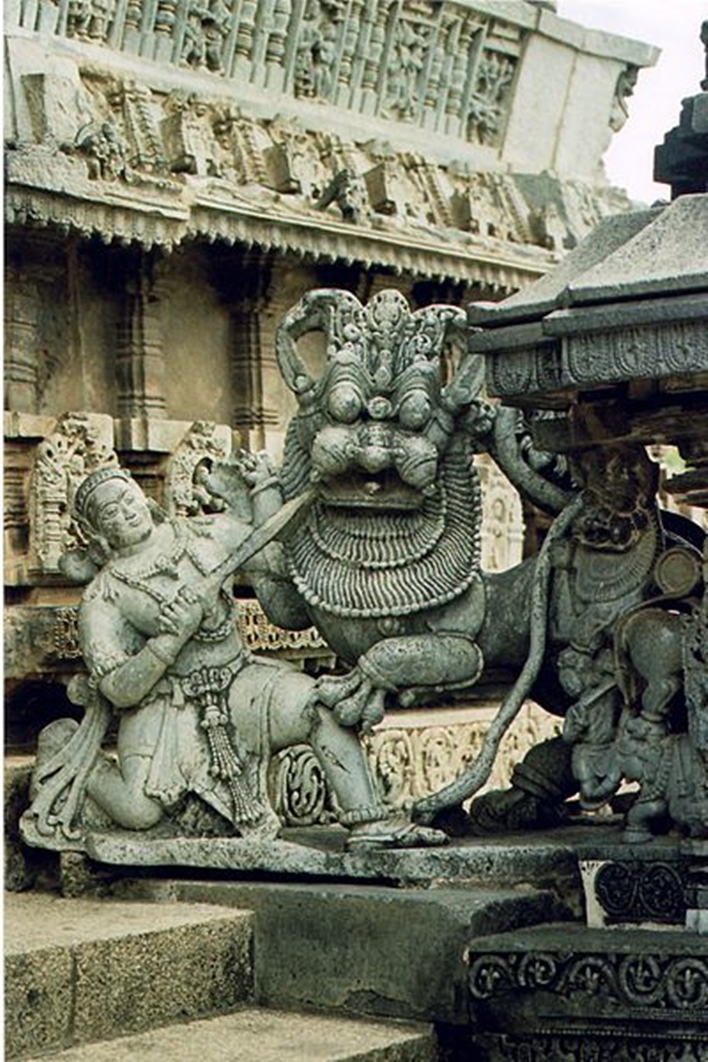Of the many impactful kingdoms of south India, the Hoysalas stand out in their own niche. Like much other non-Delhi empires, the Hoysalas are relatively lesser known or completely unknown, outside of Karnataka. Nevertheless, the Hoysala influence on the present day culture and worldview of Karnataka, continues to be strong.
The Hoysalas were a relatively small empire who ruled between the 10th and 14th century CE, from their capital city Belur, which was later shifted to.a new town called Dwarasamudra, which is presently called Halebidu. The term Halebidu literally means "old/destroyed town", which was the name given to the Hoysala capital after it was destroyed by multiple invasions from Malik Kafur, sent by the Sultan of Delhi, in the 14th century.
Police patrol vehicles in present-day Karnataka are called "Hoysalas". This comes from the legend of the extraordinary bravery of the kings who ruled this empire. There is a legend of a boy named Sala who fought and killed a rampaging tiger. This motif is carved in stone in just about every Hoysala monument, and is a signature of the Hoysala influence on that monument.
The Hoysalas were a great patron of arts, culture and architecture. Hoysala temples are famous for their very intricate carvings, depicting lots of stories and information about their times. The picture below shows just a small part of an entrance door to one of the smaller Hoysala temples in Somanathapura in Mysore district.
Of the many kings who ruled in the Hoysala dynasty, the most well known is king Vishnuvardhana who ruled between 1108 and 1152 CE. His queen Shantaladevi was an acclaimed mathematician, musician and a dancer. She was a great patron of arts, literature and science. She is depicted in several carvings in many of the Hoysala temple. Her own personal life however, was far from peaceful. And she is said to have ended her life, by jumping off a cliff at Shiva Gange hills near Bengaluru.
The acclaimed Kannada writer TaRaSu (T R Subba Rao) has written extensively about how Vishnuvardhana managed to defeat the mighty Cholas. A major factor that led to his victory were the several technological innovations driven by an eccentric inventor called Gaurachari. These innovations include: an early form of undercarriage suspensions for horse carriages so that they could travel much more smoothly, flywheel based mechanisms to maintain stability of chariots, and an early form of the telescope (about 300 years before Galileo), with lenses made from the almost transparent Spatika stone. The image below shows a Shivalinga carved from the Spatika stone.









No comments:
Post a Comment